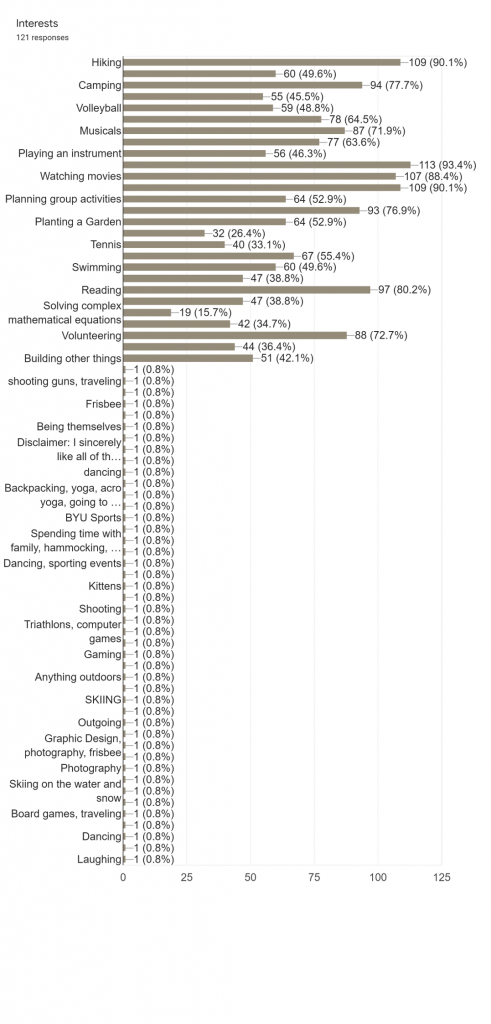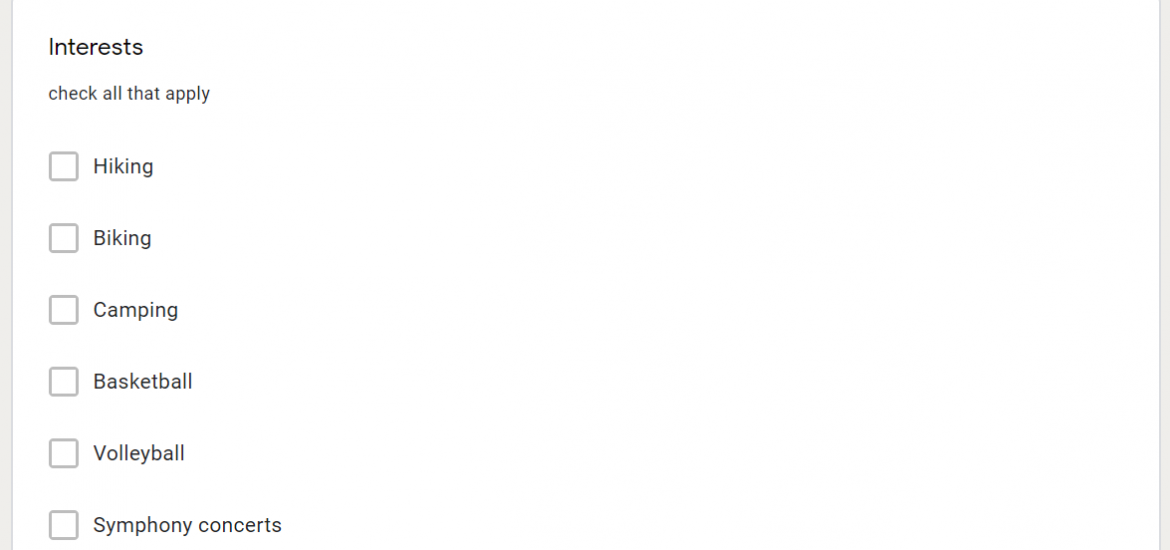I have to clarify for y’all. My Set-up Service was an experiment that I tried 5 years ago in 2015. It’s not something I’m currently doing or planning to do again at the moment (although I now realize how my “Liz’s Set-up Service, Part 1: The idea” post could have seemed that way). That being said, I haven’t given up matchmaking entirely and I’m happy to help anyone out. But, I’m actually surprised that people still even want me to set them up because I’m really quite terrible at it. Then again, there is so much that I think in my mind that others don’t think. 🙂
So why am I writing about this now? Well this has just taken me five years to finally blog about because I did not know what I was getting into and there are a lot of feelings I had about this experiment. I guess I’m rather in for it now that I’ve started, though, so I will continue.
So. After I created the online application, I began soliciting for friends to share the link and to sign up themselves. This included personal invitations to many of my single friends and counting on them to be in on a crazy idea.
To my surprise, many people shared it with others and signed up themselves. Over the course of a month, I invited and let profiles come in. I wanted to build a big enough pool to have some variety and some people I didn’t know so I could give this a good shot.
Overall, I had 122 people sign up for the service.
Males: 46
Females: 76
You can see a potential problem right off the bat, but honestly this was about the ratio of men:women in my young single adult congregation at the time, so it wasn’t all that shocking to have the numbers be this way for this pool of people.
As many of you know, I often set women up with men I’ve gone out with, but in this group I had only been out with about 8 of the 47 men (I say “about” because some of the men I have known for so long that I don’t even know if I ever went out with them at one point. Trust me, not all my dates remember me either, so I don’t feel so bad.)
Most of the people ended up being those I knew. Around 36 out of the 122 (30%) were people I didn’t know at the time. I use “around” because I have a hard time remembering if the first way I met some of these people who are now my friends was through this experiment or if I’d known them already.
Do you have your stats hats on? Meh, you probably don’t need it. This is basic.
Age
The average age of all those who applied was 28.
The mode was 29 years old. That’s not that surprising to me since I was 29 at the time, so it makes sense there would be groupings around my age range.
The range was from 19-52 although the 52-year-old was quite the outlier. The next oldest was 39 but overall the pool was in a close-enough-to-set-up-with-each-other set of ages.
Height
If you ever want to get me going about how it would be nice to be on the metric system, you can talk to me about averaging heights. I didn’t want to mess with the conversion process in Excel, so just know that the shortest among the group was 4’10” and the tallest was 6’4″ and I didn’t even break that out by men and women.
BUT, when determining who to set people up with, height really is a thing. It’s an anomaly if the guy and girl don’t both want the guy to be taller. So this was an important factor to consider.
Churchiness
One of my questions was “How Mormon are you?” Most of my dating circles are members of The Church of Jesus Christ of Latter-day Saints. First, this question was back when it was OK to say Mormon, haha. Second, my intent was just a basic curiosity to see how people would answer this question if forced to put themselves on a scale. And third, it was my best attempt at understanding how to match similarly in Churchiness, although I’d do it totally differently now.
The average Mormonish-ness was 8.5 with a range of 1-10 but the mode being 10. Not all were members of the Church of Jesus Christ. One person did tell me outside the survey that he felt he was only an 8 because he wasn’t as good as a lot of other people and that made me sad he felt that was what I was asking. So obviously people interpreted that question differently and that definitely contributed to this not really being a totally helpful question. 🙂
Hobbies/Interests
FYI–when you do a google form, Google will put together some basic stats for you. On the hobbies question, there is a graph, but I couldn’t figure out how to get all the hobby values to display, so it’s not that helpful and I didn’t feel like redoing it in excel. So you get what you get, and you don’t throw a fit. These are the highlights. There were 27 options to choose from, from hiking and biking to concerts and musicals to Harry Potter and solving complex mathematical equations to building cakes and everything in between.
The highest responded to interest was hanging out with friends: 93%
Hiking and eating out tied at 90%
Then watching movies at 88%
The others drop from there
Reading: 80%
Camping: 77%
Volunteering and musicals basically tied (through rounding): 72%
The lowest, shockingly!, was solving complex mathematical equations at 16%. Building cakes hit a surprisingly high 36% just above family history at 35%. (As you can see, some of my Liz weirdness came out in the survey questions).
Among the “other” comments were activities such as board games, rock climbing, art, photography, gaming, skiing, shooting, traveling, and sports (watching and playing in general), with no clear winner among them.

Single Status
93% were single, never married
2% were widowed
6% were divorced
3% had children
As far as willingness to date those who had been widowed or divorced, the majority were fine dating someone with either of those circumstances. Almost all (99%) were OK dating those who had never been married. Fewer (47%) were willing to date someone with children. [Note: I feel the opinions change on these as you get older, and I’d be interested to test that idea but I didn’t even try to see if there were any indicators in this data set.]
And 100% of people said they would not hold me responsible for a bad date, so that’s really the most important.
There is more to come on understanding the free-form responses, how I matched people up, and then the results. I thought I could get this all out in two blog posts, but I think I’ll spread the love.
